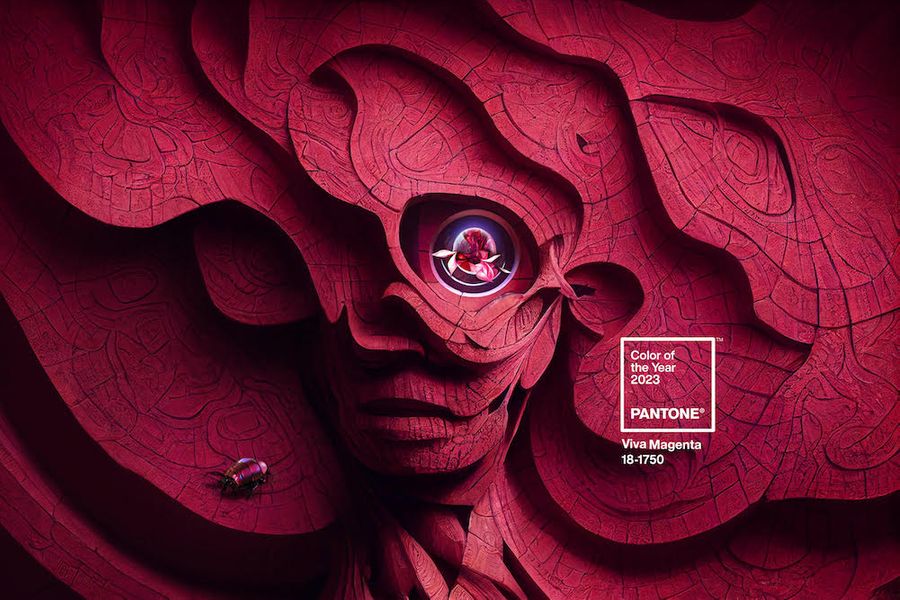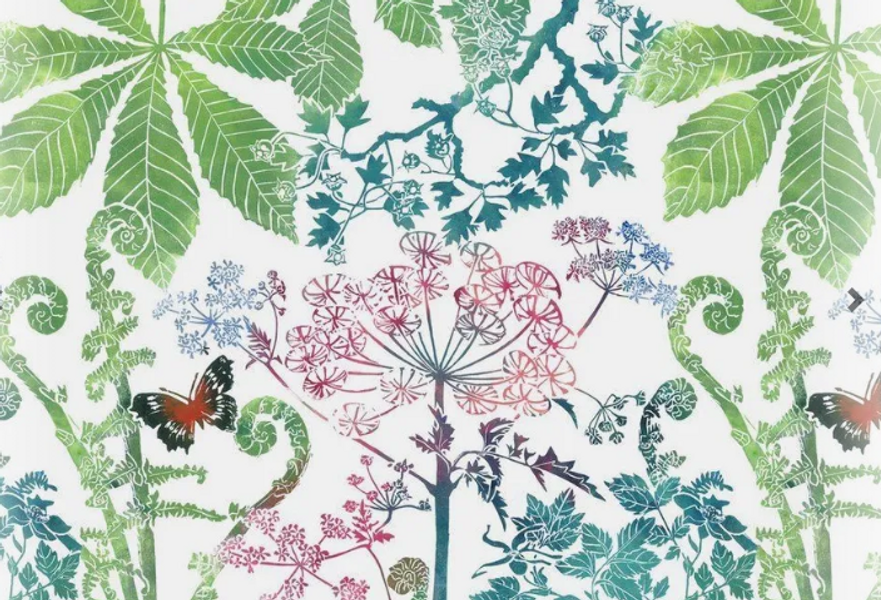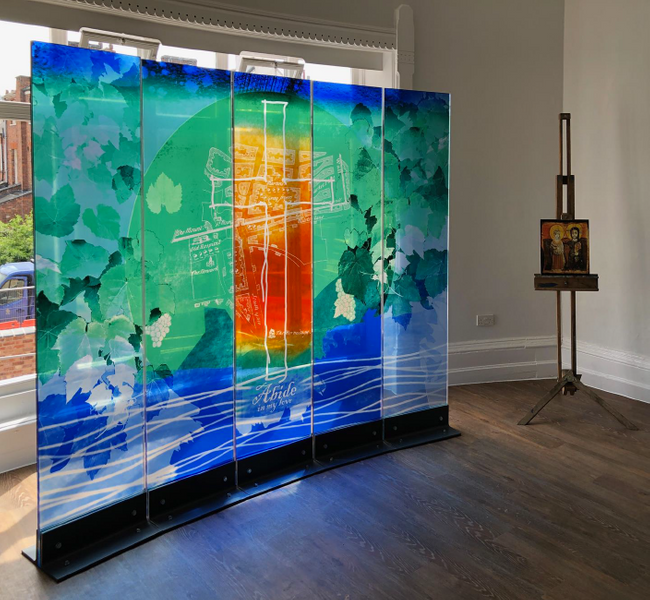
Wilson and Kelling saw serious crime as the culmination of a lengthy series of events and they theorised that, if the disorder that was a pre-cursor to crime were to be eliminated, then serious crimes would not occur. Furthermore, they posed the idea that prevalence of disorder creates fear in the minds of citizens who become convinced that an area is unsafe. This withdrawal from the community weakens social controls that previously kept criminals in check. Once this process begins, it becomes self-perpetuating: disorder causes crime, and crime causes further disorder and crime.

The majority of graffiti artists would see their work as 100% art, but there is a moral line that is crossed when a random 'tag' is sprayed onto a wall or other space with no purpose or meaning, and it destroys or desecrates public property. Then it falls into the category of vandalism or defacing. Both graffiti and street art are juxtaposed in that they relate to art on the street, but public opinion ultimately decides if it is one or the other and those opinions are often conflicted, generationally, culturally, and judicially.


Perhaps his most well known piece is the mural on a wall next to his studio on The Barbican in Plymouth. Lenciewicz truly achieved an amazing feat painting the figures at least twice real size. Unfortunately, even though the painting was done with council permission, there were some local objections to the artwork and Lenciewicz painted over it in protest in the late 1970s, adding three flying ducks as if, with his usual wry sense of humour, he was alluding to the critics' poor sense of taste in art! The piece was subsequently uncovered but has since deteriorated over time with much of the paint peeling off. Lenciewicz completed several other works of equal magnitude. His paintings reveal people for what they are without moral judgement, showing what it was to be alive at a certain time, in a certain place. His work is democratic and humane but never sentimental, and above all, generous in its ability to communicate with ordinary people uninterested in the complexities of more esoteric art.

- Banksy, The little girl with the balloon, London 2002
- Keith Haring, We the youth, Philadelphia 1987
- Combo, Coexist, Jerusalem 2015
- Shepard Fairey (Obey), Marianne, Paris - painted after the terrorist attacks in 2015
- D*Face, Love won't tear us apart, Paris 2017
- Bradley Theodore, Anna Wintour & Karl Lagerfeld, New York 2017
- Banksy, The flower thrower, Jerusalem 2003
- Pichy and Avo, North West Falls Festival, Belgium 2014
- Eduardo Kobra, Etnias, Rio de Janeiro 2016
- Bambi, Don't shoot, London 2014

Graffiti and street art have the ability to polarise public opinion but there is no doubt they have added to a conversation that has spanned decades. At their heart they encompass history, diversity, mystery, intrigue, political statements, freedom, more colourful public spaces, a crossover between gallery and street, creativity, and community. Ultimately both have their place and as society moves forward, so does acceptance of these art forms in the public psyche.
If you are inspired to find out more and expand your creative horizons, WoB is the place to go for more reading on graffiti and street art.
Enjoy the incredible works created when street art meets nature.
Wonder at the amazing skill of 3D pavement art.



